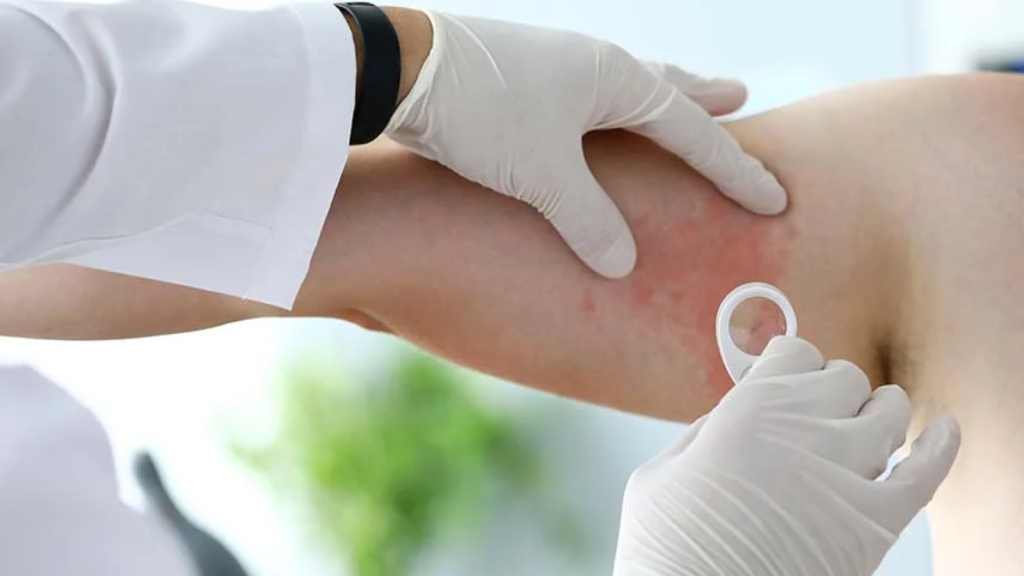
Adult Still's disease, also known as adult-onset Still’s disease or Wissler-Fanconi syndrome, is a rare form of arthritis which is characterized by high fevers, inflammation of the joints, and a salmon-coloured rash on the skin. Adult Still's disease shares similar traits and symptoms to systemic juvenile idiopathic arthritis. The disease affects less than 1 in 100,000 adults. Though it can occur in adults of all ages, it tends to strike two age groups most commonly: those from age 15 - 25, and those from age 36 - 46.
The cause of adult Still's disease syndrome remains unknown, although scientists think that it may be the result of an environmental trigger such as a prior viral or bacterial infection, ultraviolet light exposure, toxins, stress, among others.
Main symptoms of adult Still's disease
Adult Still's disease has several warning signs, which may be present at the onset of disease. These include:
- High (40 degrees Celsius or higher) spiking fever, often occurring in the late afternoon or early evening; rarely, fevers can occur twice a day
- Joint pain and inflammation
- Faint, salmon-coloured rash, which may be bumpy or flat and will often occur with fever
- Muscle pain, which often comes and goes with fever and may be severe
- Sore throat
- Swollen lympth nodes in the neck
- Enlarged liver and/or spleen
- Poor appetite, nausea, and weight loss
Treatment of adult Still's disease
Once your rheumatologist has diagnosed adult Still's disease, there are effective treatments available to help you manage the symptoms. While there is no known cure for adult Still's disease, treatments are available, and your rheumatologist is the best person to discuss these with, and together with you, can create a tailored treatment plan to address all aspects of your lifestyle.
Medications
There are several groups of medications which are used to treat adult Still's disease. The type of medication you take will depend on your symptoms, the severity of your disease, and any side effects you may experience. These groups of medications include:
- Non-steroidal anti-inflammatory drugs (NSAIDs), such as ibuprofen (Advil®), naproxen, diclofenac (Voltaren®)
- Corticosteroids such as prednisone may be used to control high fever spikes, severe joint swelling and pain, and complications with internal organs
- Methotrexate, a disease-modifying anti-rheumatic drug (DMARD), is often used in the treatment of adult Still’s disease
- Biologic response modifiers, including anakinra, infliximab, etanercept, have been used with success in a number of patients
The best way to avoid joint replacement is to develop a personalized plan with a rheumatologist. If joint damage progresses, surgery may be required.
Non-medication treatments
Exercise
Keeping active is important for your joints. Exercise is also good for improving mood and reducing fatigue. Though you may not feel like you have the energy to exercise, doing a small amount can make a big difference. Start with a daily walk around the block or 10 squats during commercial break and gradually increase the amount you do. If motivation is low, join a local fitness class and call up a friend. Always plan for a variety of back ups in case life gets in the way.
Joint protection and pacing
Fatigue is a common symptom of adult Still's disease. Learning to protect joints and pace activities can be helpful. When possible, try not to over work the joints, take breaks often and avoid movements that cause discomfort. An occupational therapist or physical therapist may also be able to provide tailored guidance and support.